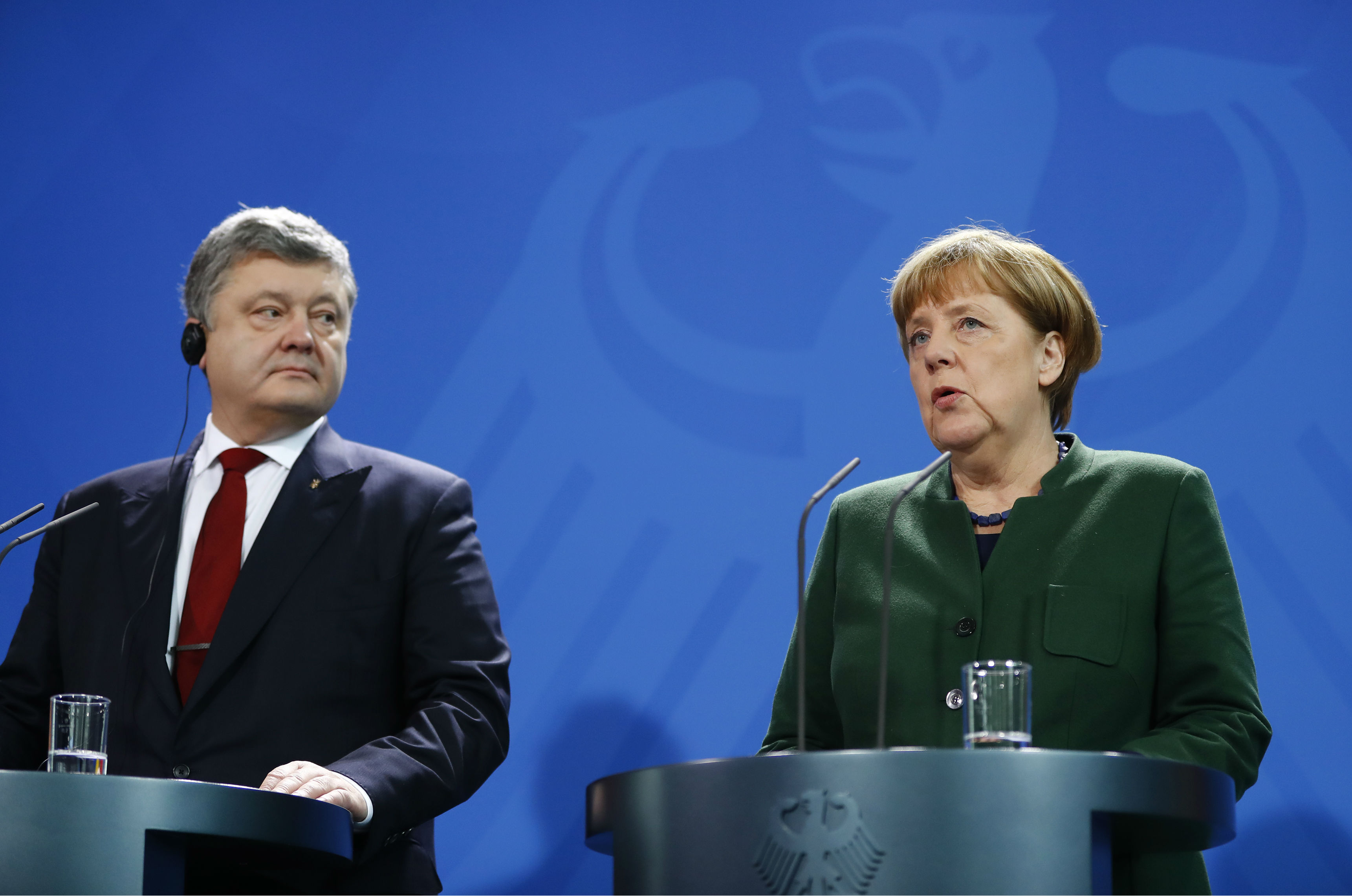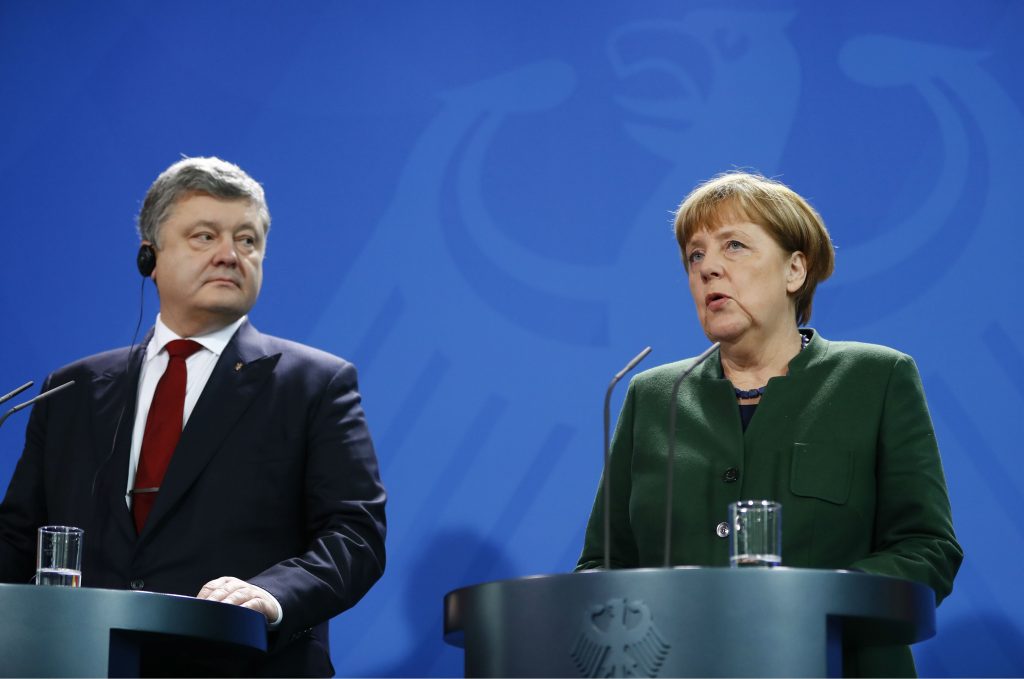 After three years of heroic reforms following the Euromaidan, Ukraine has restored macroeconomic stability. The economy is growing again, but far too slowly. The expected growth is 2.5 percent in 2017. But it should swing up to six to eight percent, as it was for eight years in the early 2000s. The key now is more investment.
After three years of heroic reforms following the Euromaidan, Ukraine has restored macroeconomic stability. The economy is growing again, but far too slowly. The expected growth is 2.5 percent in 2017. But it should swing up to six to eight percent, as it was for eight years in the early 2000s. The key now is more investment.
During the crisis, Ukraine’s investment ratio fell precipitously. It was merely 16 percent of GDP in 2016, while it ought to be 25-30 percent of GDP for a country at Ukraine’s level of development and great need for infrastructure investment.
Ukraine’s investment fell mainly because of war and Russia’s extensive trade sanctions, leading to economic depression. A banking crisis, zero privatizations, and a poor business climate contributed as well. Still, even under President Viktor Yanukovych, Ukraine received 4 percent of GDP a year in foreign direct investment (FDI). In the last three years, FDI was close to zero in real terms.
The Ukrainian government and the international community can and should do a lot to remedy this. The government should pursue privatizations that interest foreign investors, while improving its business climate by speeding up its judicial reforms. The international community should block further Russian aggression and provide more investment funding.
Ukraine should consider Bulgaria’s example: it attracted as much as one quarter of GDP in FDI for a few years by selling off valuable infrastructure. Ukraine has eight commercially viable ports that can and should be sold off in auctions open to both domestic and foreign investors. Such sales could give the state significant revenues, show foreign investors that Ukraine is open for business, and improve port services through competition.
The Ukrainian government must not repeat its failed privatizations of the Odesa Portside Plant, whose main purpose seems to have been to impede privatization to benefit its shadow patrons. Similarly, electricity assets, such as Centrenergo, should not be sold off until a real electricity market has been established.
Energy is another traditional magnet for large FDI. Ukraine has plenty of relatively well-explored oil and gas fields. The volumes are sufficient to attract major international energy companies. After market prices have been established for gas, there is no reason for further delay. Acceptable conditions for foreign and domestic investors should be created and the market be opened.
Much of Ukraine’s foreign business activity has been related to agriculture. Unfortunately, only a couple of Ukraine’s big agricultural companies have not defaulted on their Eurobonds, giving this investment class a bad name. The big breakthrough is likely to come with the legalization of private sales of agricultural land, now postponed to 2018. As the World Bank suggests, a good start would be large but limited sales of state land, say 700,000 hectares, or five percent of Ukraine’s total agricultural land, establishing a reasonable market price. Then investment in all kinds of related activities is likely to follow.
The big future opportunity is Ukraine’s integration into the European supply chain, and investors are beginning to realize this. German and Japanese investors have initiated three major investments in car parts in western Ukraine and more is likely to follow. Why not invest in Ukraine rather than just across the open border to Poland, where salaries are five to six times higher?
There has been a lot of talk about international aid for Ukraine, but in reality it has been tiny. Ukraine’s public debt shrunk from $73 billion at the end of 2013 to $71 billion three years later, showing that there have been no net international inflows to Ukraine. The International Monetary Fund has disbursed $7.7 billion of its successful stabilization program of March 2015, but other international support has been much more limited than a casual newspaper reader might presume.
After financial stabilization has been achieved, the international community should mobilize substantial investment credits. Since Russia’s war has scared away private foreign investors, international financial institutions need to lead the charge, showing that Ukraine is open for business.
The World Bank should organize one of its standard investment conferences, at which the major international donors or creditors could make their pledges. As former Finance Minister Natalie Jaresko has pointed out, $5 billion a year for the next five years would be a reasonable start.
The World Bank, the International Finance Corporation, the European Bank for Reconstruction and Development, and the European Investment Bank could each put up $1 billion a year, which would make $4 billion. In addition, the European Union, the United States, Japan, Germany, and a variety of bilateral donors could pledge $1-2 billion a year.
Ukraine is ready for large-scale investment.
Anders Åslund is a senior fellow at the Atlantic Council in Washington. He tweets @anders_aslund.
Image: German Chancellor Angela Merkel and Ukraine's President Petro Poroshenko address a news conference in Berlin, Germany, January 30, 2017. REUTERS/Fabrizio Bensch
